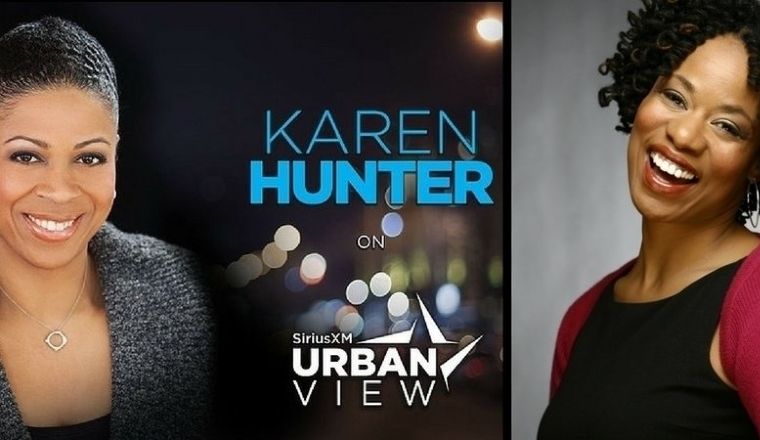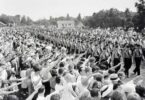Karen discusses the New York Times’s “1619 Project” with the creator, Nikole Hannah-Jones, one contributors, Trymaine Lee, and the president of One United Bank, Teri Williams.
The year 1619 represented a landmark in the long history of slavery in European colonies, and the beginning stages of what would become the institution of slavery in America.
Click here to download the 1619 Project pdf.
The human cargo that arrived in Virginia in 1619 had come from the port city of Luanda, now the capital of present-day Angola. Back then, it was a Portuguese colony, and most of the enslaved are believed to have been captured during an ongoing war between Portugal and the kingdom of Ndongo, as John Thornton wrote in the The William and Mary Quarterly in 1998. Between 1618 and 1620, about 50,000 enslaved people — many of whom had been prisoners of war — were exported from Angola. An estimated 350 of these captives were loaded onto a Portuguese slave ship called the São João Bautista (more commonly known as the San Juan Batista). Read more here…
The 1619 Project is a program organized by The New York Times in 2019 with the goal of re-examining the legacy of slavery in the United States and timed for the 400th anniversary of the arrival in America of the first enslaved people from West Africa. It is an interactive project by Nikole Hannah-Jones, a reporter for The New York Times, with contributions by the paper’s writers, including essays, poems, short fiction, and a photo essay. Originally conceived of as a special issue for August 20, 2019, it was soon turned into a full-fledged project, including coverage in the newspaper and on its website.
The New York Times describes the project as a “major initiative … observing the 400th anniversary of the beginning of American slavery”. The project was almost exclusively contributed to by black academics, journalists and writers. According to Hannah-Jones, all the contributions were deeply researched, and arguments verified by a team of fact-checkers in consultation with a panel of historians.







